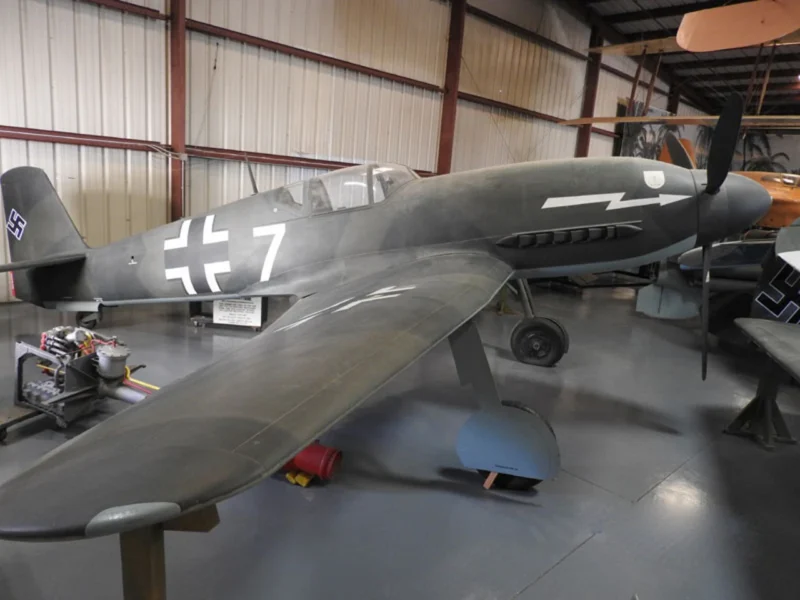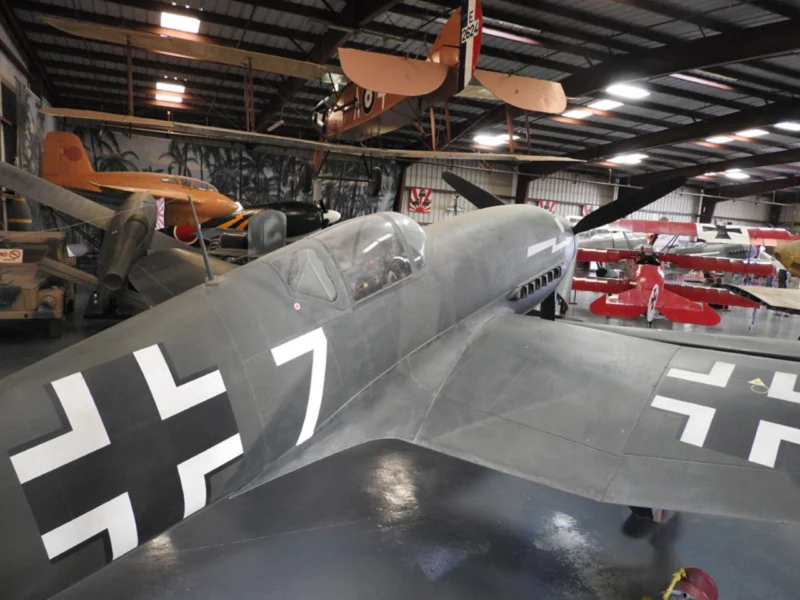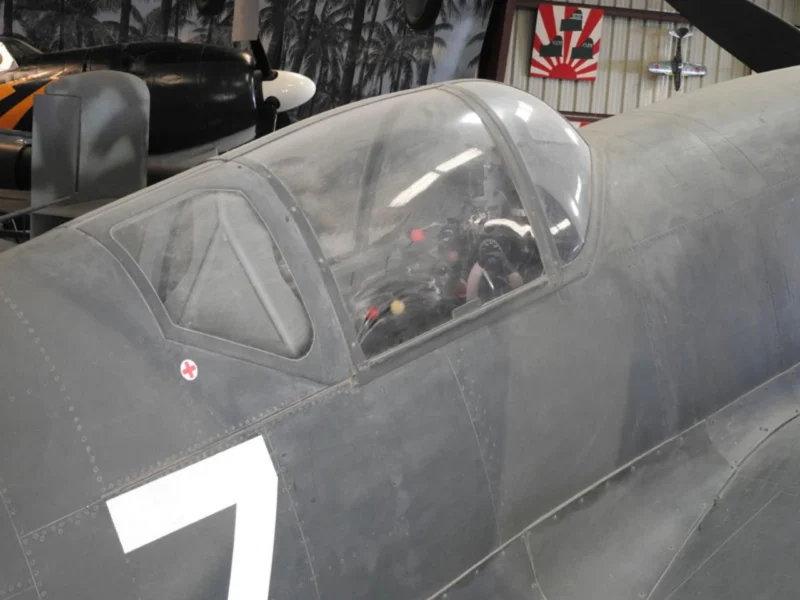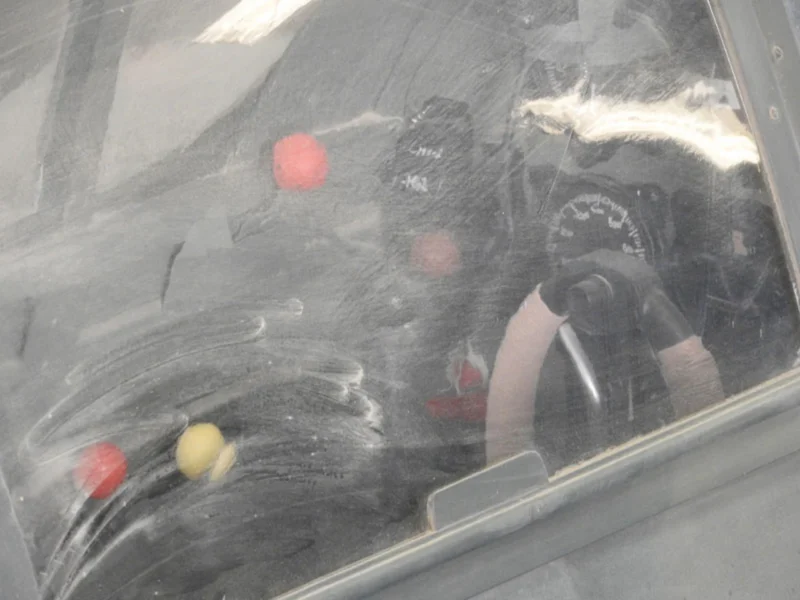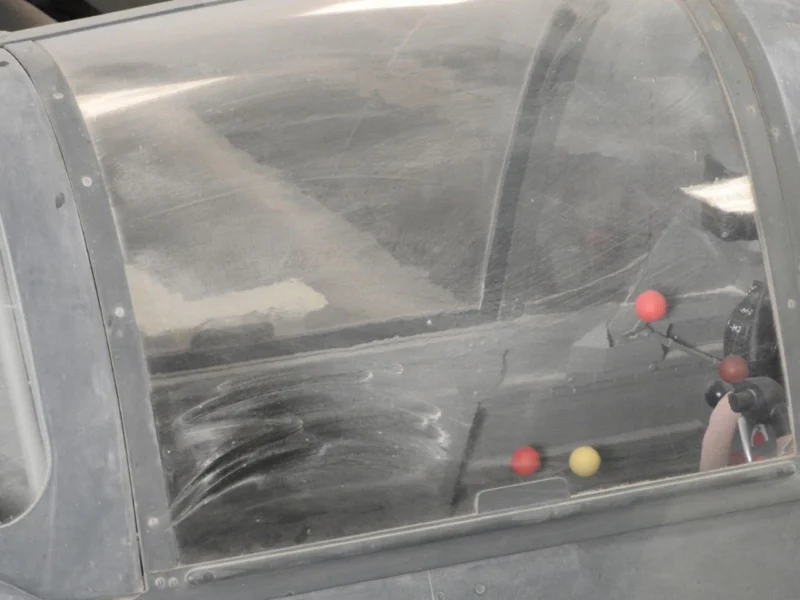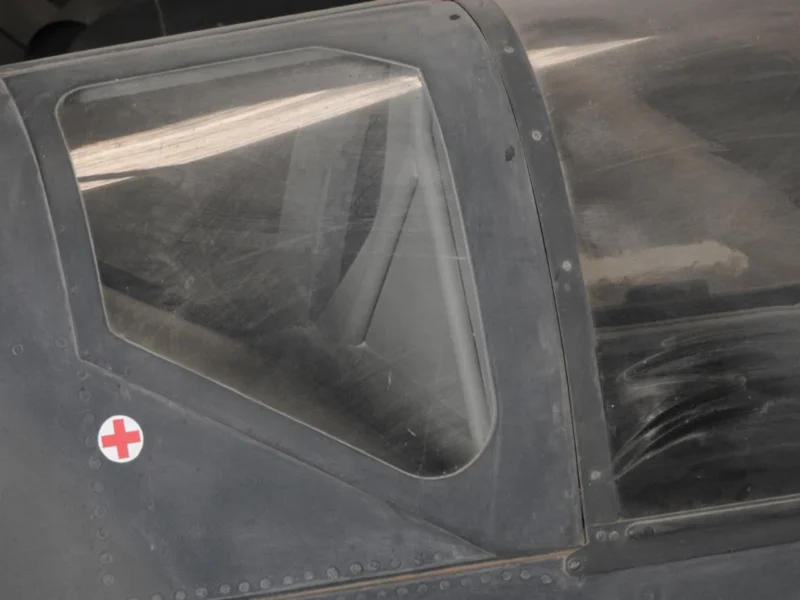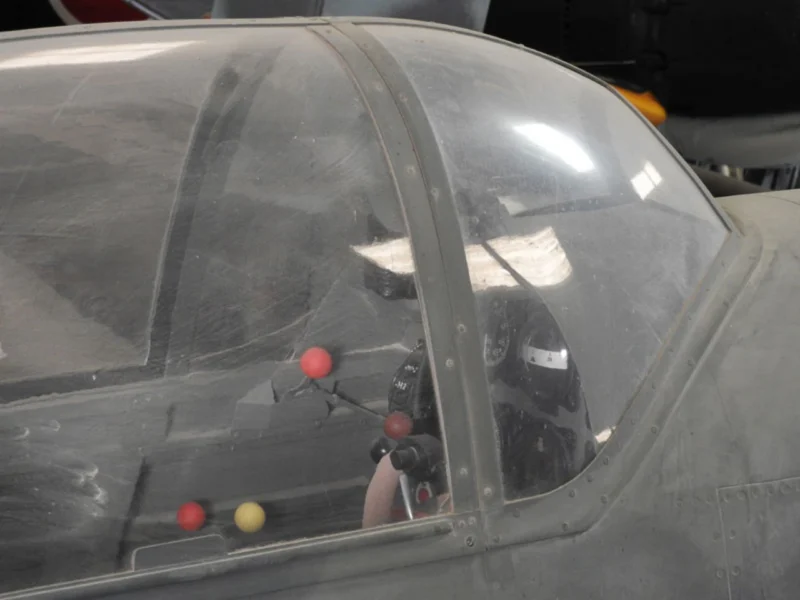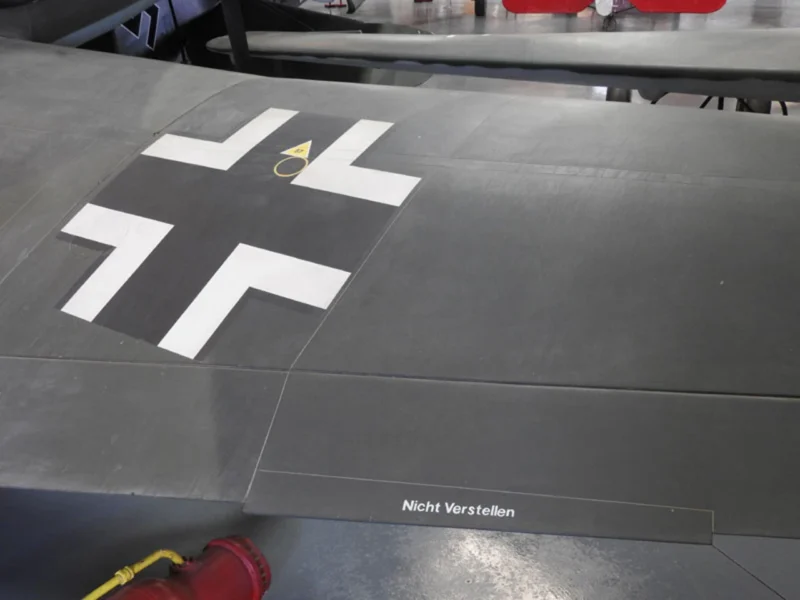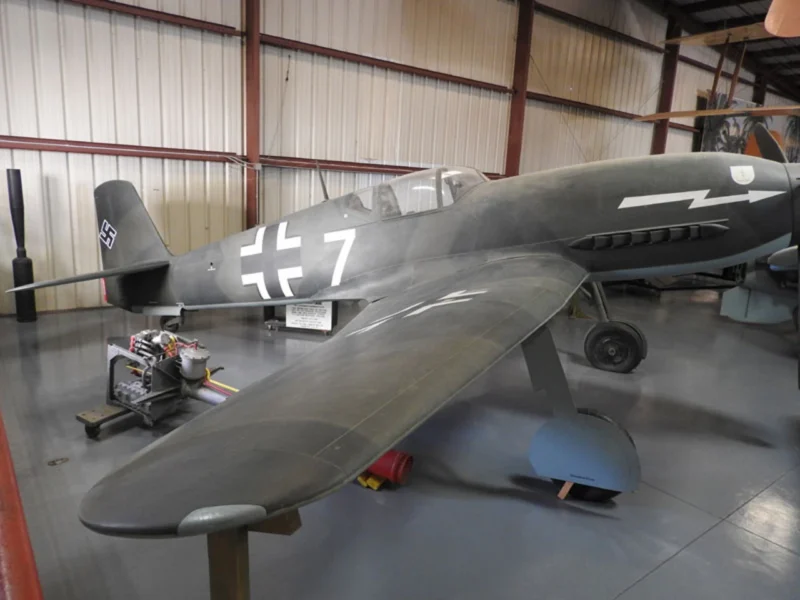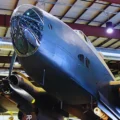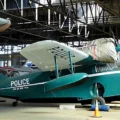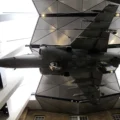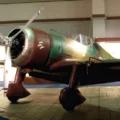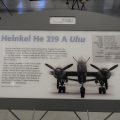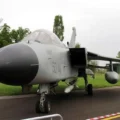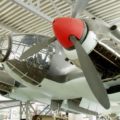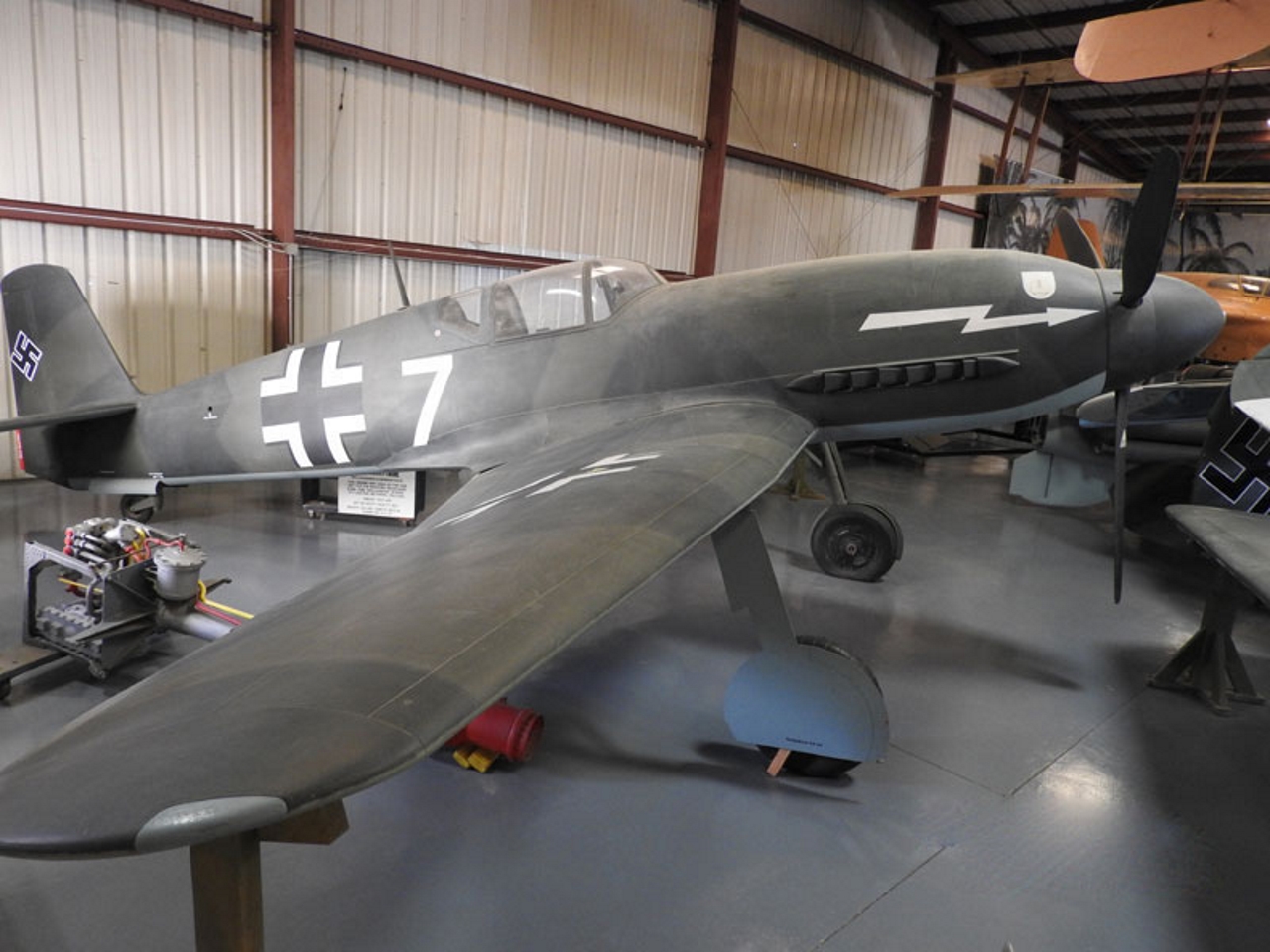
Heinkel He 100 | |
|---|---|
| Paese | Germania nazista |
| Ruolo | Combattente |
| Primo volo | Il 22 gennaio 1938 |
| Costruito | 25 |
Le Heinkel He 100 was a German pre-World War II fighter aircraft design from Heinkel. Although it proved to be one of the fastest fighter aircraft in the world at the time of its development, the design was not ordered into series production. Approximately 19 prototypes and pre-production examples were built. None are known to have survived the war. The reason for the He 100 failing to reach production status is mostly unknown. Officially, the Luftwaffe rejected the He 100 to concentrate single-seat fighter development on the Messerschmitt Bf 109. Following the adoption of the Bf 109 and Messerschmitt Bf 110 as the Luftwaffe’s standard fighter types, the Ministry of Aviation (the Reichsluftfahrtministerium or RLM) announced a “rationalization” policy that placed fighter development at Messerschmitt and bomber development at Heinkel.
fonte: Heinkel He 100 su Wikipedia
| Heinkel He 100 D-1 cammina | |
|---|---|
| Fotografo | Cees Hendriks |
| Localizzazione | Inconsapevole |
| Foto | 23 |
Vedi anche:
Le Heinkel He 100 era un prototipo di aereo da caccia tedesco sviluppato prima della seconda guerra mondiale. Fu progettato da Walter e Siegfried Günter, che miravano a creare un aereo veloce e facile da costruire che potesse superare il Messerschmitt Bf 109, che fu scelto dalla Luftwaffe come caccia standard. L'He 100 aveva una forma elegante e aerodinamica, con un nuovo sistema di raffreddamento ad evaporazione superficiale che eliminava la necessità di un radiatore ingombrante.
L'aereo raggiunse diversi record di velocità nel 1938 e nel 1939, raggiungendo i 746,6 km/h con un motore Daimler Benz DB 601. Tuttavia, l'He 100 non è mai stato ordinato per la produzione di massa, come il Luftwaffe preferirono concentrarsi sul Bf 109 e sul Bf 110. Furono costruiti solo circa 19 prototipi e modelli di pre-produzione, alcuni dei quali furono venduti all'Unione Sovietica e al Giappone. L'He 100 fu utilizzato anche per scopi propagandistici dal regime nazista, che sosteneva che si trattasse di un nuovo e superiore caccia chiamato Heinkel He 113.
Views : 4658
